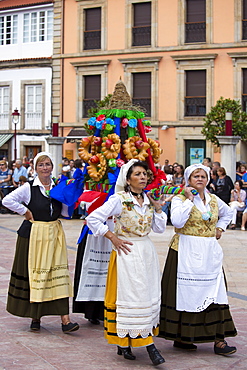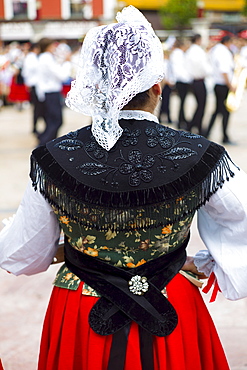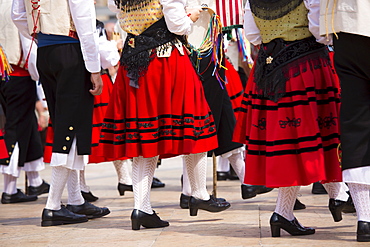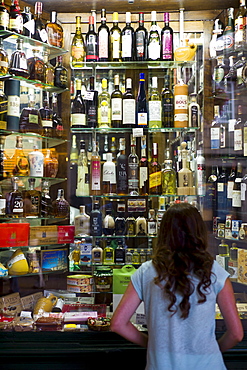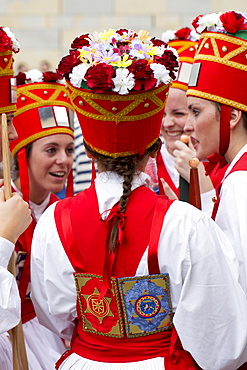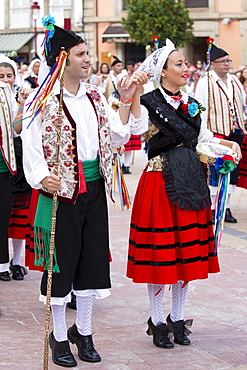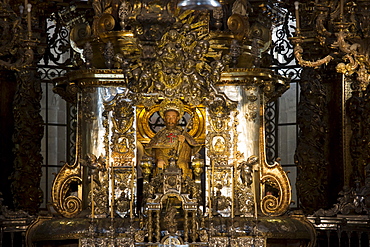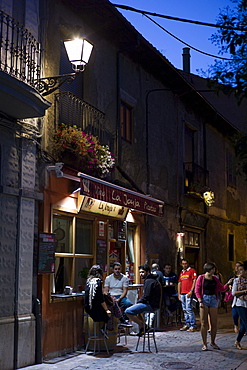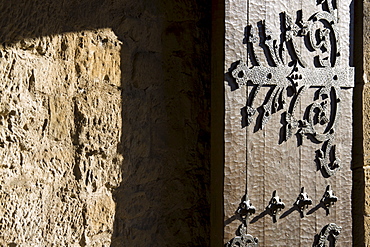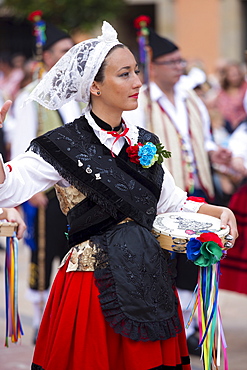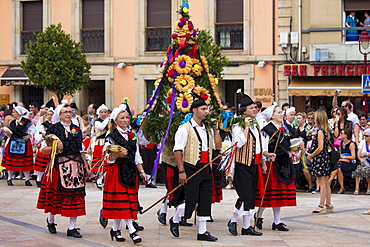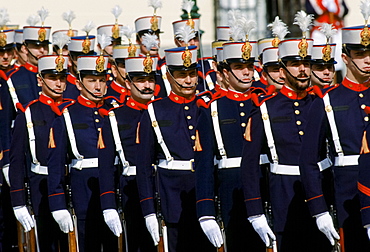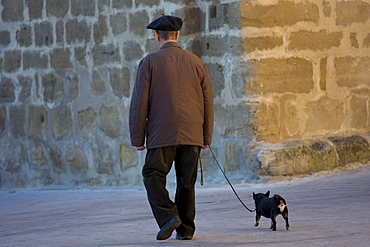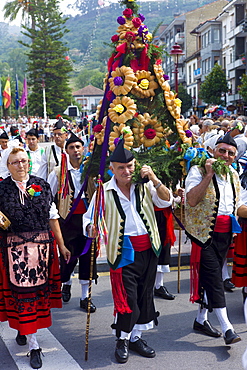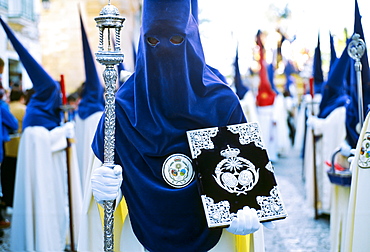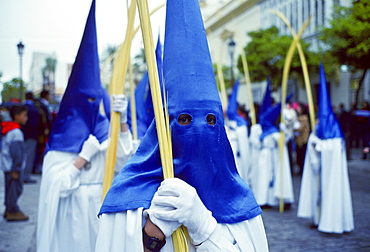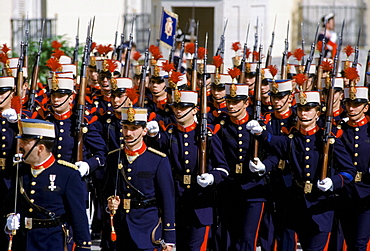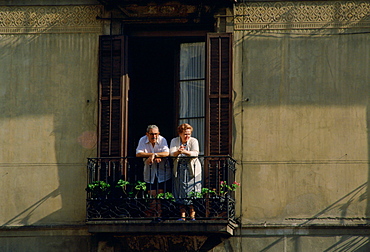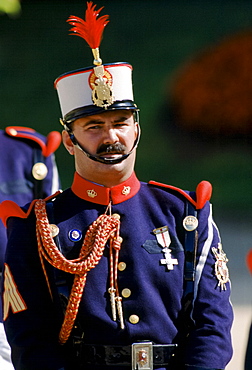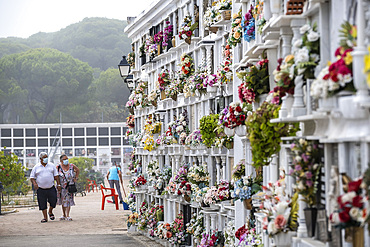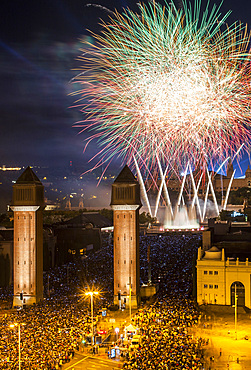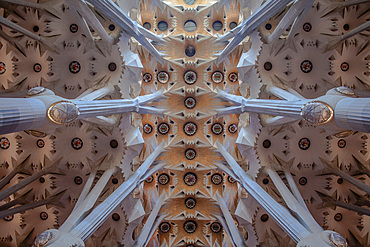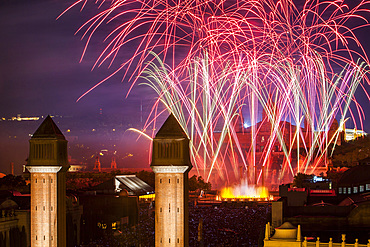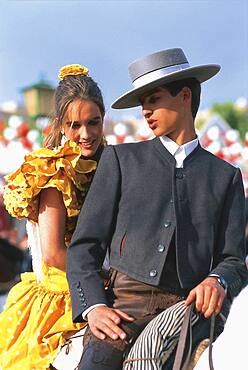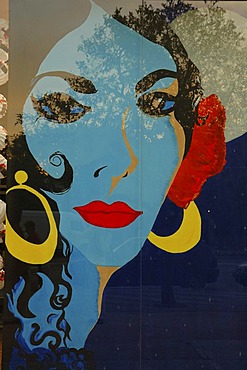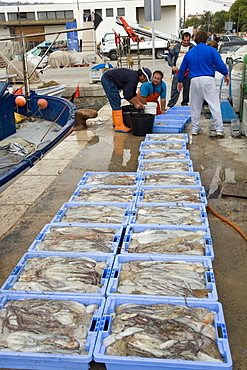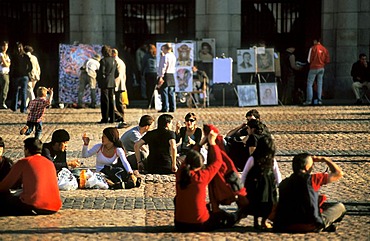Results
38 results found
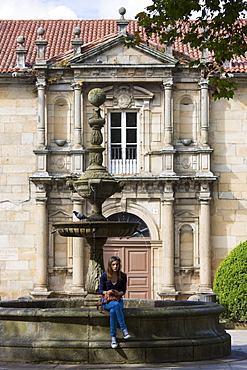
Spanish girl by fountain at Colexio de San Clemente de Pasantes in Santiago de Compostela, Galicia, Spain

High altar, botafumeiro and crypt in the Roman Catholic cathedral, Catedral de Santiago de Compostela, Galicia, Spain
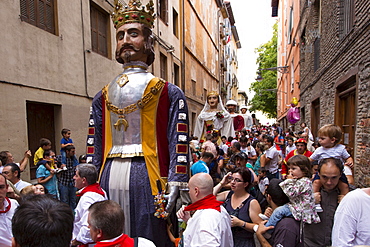
Costumed giant characters, Gigantes de Irunako Erraldoiak, during San Fermin Fiesta at Pamplona, Navarre, Northern Spain
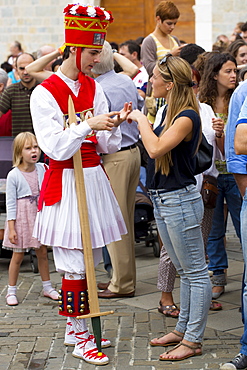
Dancer in costume chats with woman in casuals at San Fermin Fiesta at Pamplona, Navarre, Northern Spain
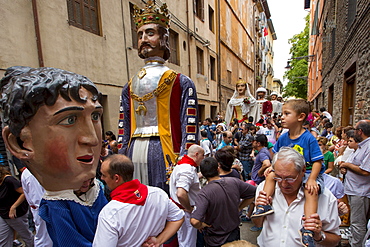
Costumed giant characters, Gigantes de Irunako Erraldoiak, during San Fermin Fiesta at Pamplona, Navarre, Northern Spain
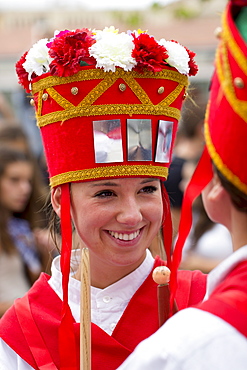
Dancer in procession through the streets during San Fermin Fiesta at Pamplona, Navarre, Northern Spain
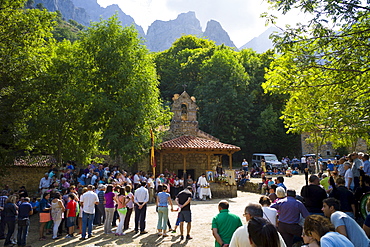
Festival of Our Lady of the Virgin of Corona, at Ermita de Corona, Valle de Valdeon, Picos de Europa, Spain
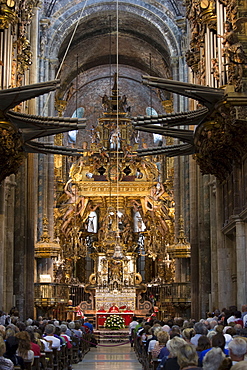
Mass being celebrated by priest in Roman Catholic cathedral, Catedral de Santiago de Compostela, Galicia, Spain
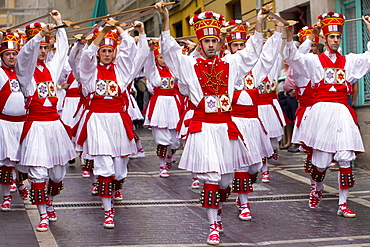
Dancers in procession through the streets during San Fermin Fiesta at Pamplona, Navarre, Northern Spain

Young girl staring out from her blue silk hooded costume while taking part in the Semana Santa parade for Holy Week in Seville, Spain (Sevilla). They are carrying palm leaves.
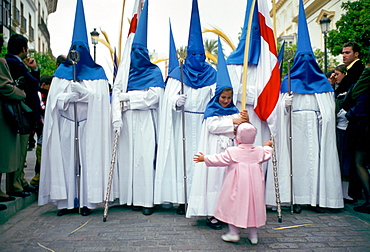
Procession for 'Semana Santa', Holy Week in Seville, Spain (Sevilla) - a young girl with open arms reaches out to hug a hooded girl in the parade.
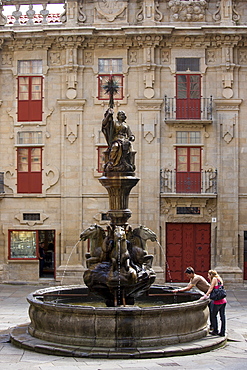
Young couple at Dos Cavalos fountain of horses, Praza das Praterias, in Santiago de Compostela, Galicia, Spain
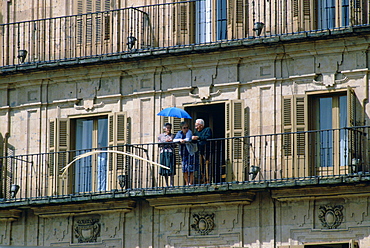
A group of elderly people standing on their balcony shielding themselves from the sun with a parasol, Salamanca, Spain
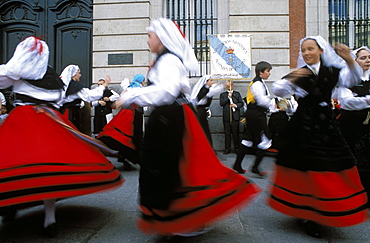
Spaniards in national dress performing outdoors at Plaza de la Puerto del Sol, Centro, Madrid, Spain, Europe
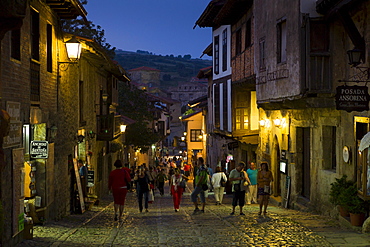
Tourists stroll at night past medieval buildings on cobbled street of Calle Del Canton in Santillana del Mar, Cantabria, Spain
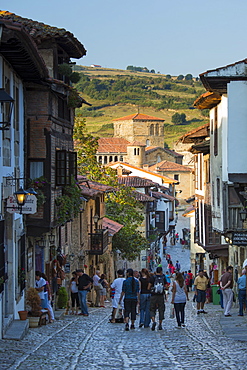
Tourists walk past medieval buildings along cobbled street of Calle Del Canton in Santillana del Mar, Cantabria, Northern Spain

Spaniards in national dress performing outdoors at Plaza de la Puerto del Sol, Centro, Madrid, Spain, Europe
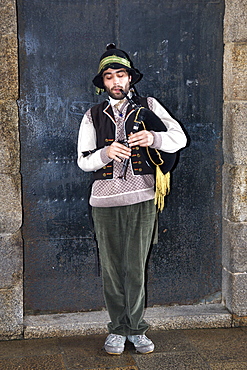
Spaniard playing the Gaitas, traditional Galician bagpipes in the A Corun~a province of Spain's Galicia region.

Elena at work, controlling the ripening process. Cheese shop, Formatgeria Mas dᄡEroles, artisan cheese making, Adrall village, Alt Urgell, Lleida, Catalonia, Spain
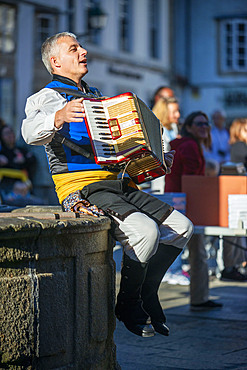
Traditional music of Galicia. Gaiteiros Rio de anxo. Old Town, Santiago de Compostela, UNESCO World Heritage Site, Galicia, Spain.
Bagpipes are a woodwind instrument using enclosed reeds fed from a constant reservoir of air in the form of a bag. The Scottish Great Highland bagpipes are the best known examples in the Anglophone world, but people have played bagpipes for centuries throughout large parts of Europe. The term bagpipe is equally correct in the singular or the plural, though pipers usually refer to the bagpipes as the pipes, a set of pipes or a stand of pipes.

Traditional music of Galicia. Gaiteiros Rio de anxo. Old Town, Santiago de Compostela, UNESCO World Heritage Site, Galicia, Spain.
Bagpipes are a woodwind instrument using enclosed reeds fed from a constant reservoir of air in the form of a bag. The Scottish Great Highland bagpipes are the best known examples in the Anglophone world, but people have played bagpipes for centuries throughout large parts of Europe. The term bagpipe is equally correct in the singular or the plural, though pipers usually refer to the bagpipes as the pipes, a set of pipes or a stand of pipes.
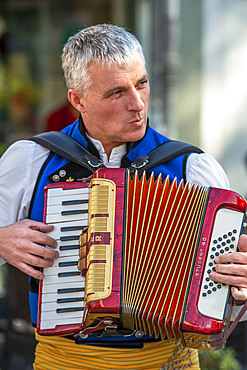
Traditional music of Galicia. Gaiteiros Rio de anxo. Old Town, Santiago de Compostela, UNESCO World Heritage Site, Galicia, Spain.
Bagpipes are a woodwind instrument using enclosed reeds fed from a constant reservoir of air in the form of a bag. The Scottish Great Highland bagpipes are the best known examples in the Anglophone world, but people have played bagpipes for centuries throughout large parts of Europe. The term bagpipe is equally correct in the singular or the plural, though pipers usually refer to the bagpipes as the pipes, a set of pipes or a stand of pipes.
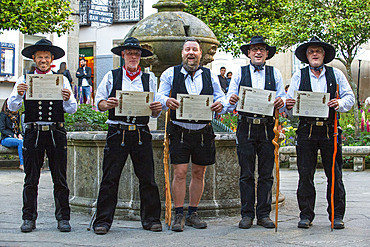
A group of pilgrims in the old Town, Santiago de Compostela, UNESCO World Heritage Site, Galicia, Spain.

Bishop blessing the palms,mass,Palm Sunday.Interior of Basilica Sagrada Familia, Barcelona, Catalonia, Spain
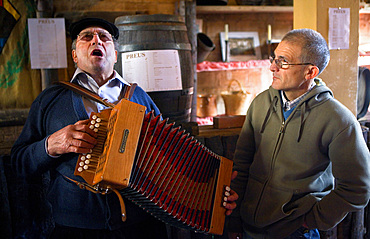
`Festa dels Traginers´, Feast of the muleteer in Balsareny. Accordionist. Balsareny. Comarca del Bages. Eix del Llobregat, Catalonia, Spain.
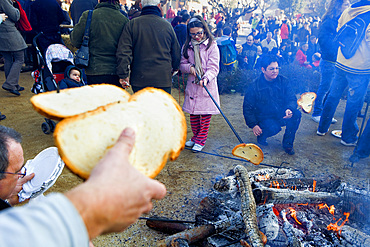
`Festa dels Traginers´, Feast of the muleteer in Balsareny.Toast of the carrier. Balsareny. Comarca del Bages. Eix del Llobregat, Catalonia, Spain.
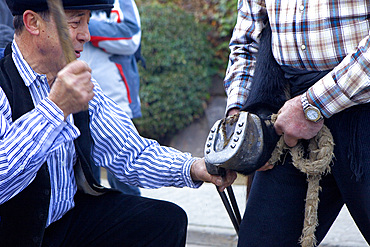
`Festa dels Traginers´, Feast of the muleteer in Balsareny. Farrier. Balsareny. Comarca del Bages. Eix del Llobregat, Catalonia, Spain.
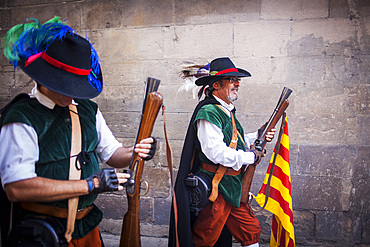
`Trabucaires´ (men armed with blunderbuss) at Bisbe street during La Merce Festival. Barcelona. Catalonia. Spain
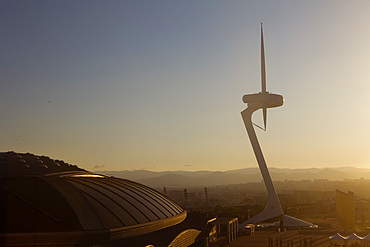
At right Torre Telefonica by architect Santiago Calatrava and at left Palau Sant Jordi sports arena by Arata Isozaki. Montjuic, Barcelona, Spain, Europe
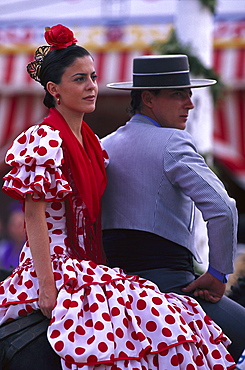
Middle-aged couple in traditional costumes on horseback, Romeria de San Isidro, Nerja, Costa del Sol, Malaga province, Andalusia, Spain, Europe
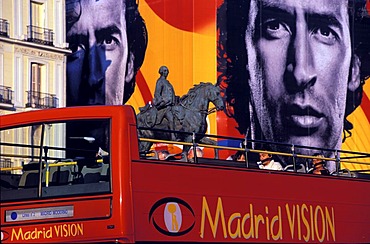
Tourist bus Madrid vision , Madrid , Spain , Europe : Puerta del Sol , bus in front of a disguised front
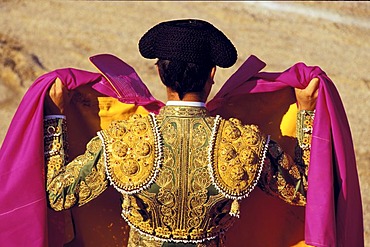
Torero , bullfighting arena of Las Ventas , Torero in costume Traje de luz , Madrid , Spain , Europe
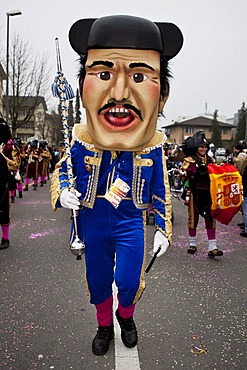
Guggenmusik Bacchus Littau music group dressed to the theme of Toreros during the carnival procession, Littau, Lucerne, Switzerland, Europe

Ceramic figure of el Tio or Supai, a creature with horns, gleaming eyes and a big penis, that in fact is not really satanic. It was introduced by the Spaniards in the 16th Century to the mines of Potosi. According to tradition, el Tio (The Uncle) rules over the mines of Cerro Rico, simultaneously offering protection and destruction. Over 500 chambers with statues to honour him have been constructed in Cerro Rico, so miners can leave offerings of tobacco, liquor and coca leaves to invoke his goodwill and protection., Potosi Department, Bolivia
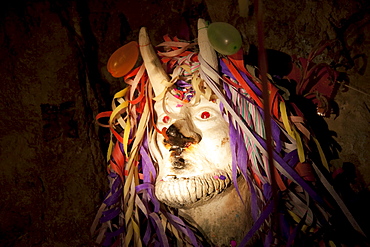
Ceramic figure of el Tio or Supai, a creature with horns, gleaming eyes and a big penis, that in fact is not really satanic. It was introduced by the Spaniards in the 16th Century to the mines of Potosi. According to tradition, el Tio (The Uncle) rules over the mines of Cerro Rico, simultaneously offering protection and destruction. Over 500 chambers with statues to honour him have been constructed in Cerro Rico, so miners can leave offerings of tobacco, liquor and coca leaves to invoke his goodwill and protection., Potosi Department, Bolivia

Ceramic figure of el Tio or Supai, a creature with horns, gleaming eyes and a big penis, that in fact is not really satanic. It was introduced by the Spaniards in the 16th Century to the mines of Potosi. According to tradition, el Tio (The Uncle) rules over the mines of Cerro Rico, simultaneously offering protection and destruction. Over 500 chambers with statues to honour him have been constructed in Cerro Rico, so miners can leave offerings of tobacco, liquor and coca leaves to invoke his goodwill and protection., Potosi Department, Bolivia
